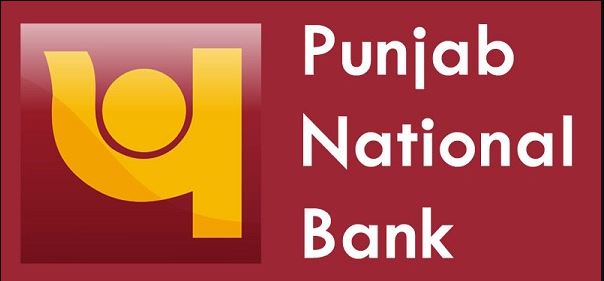
PNB Payment Rule: Many times such rules are being implemented by the banks after the case of withdrawal of money from the account by fake check has come to the fore. On the instructions of RBI, the system of CTS clearing of Rs 50,000 and above was implemented from January 1, 2021.
PNB Payment Rule: Public Sector Bank Punjab National Bank (PNB) has made a big change in the rules related to transactions. The new rule will be compulsorily implemented by the bank from April 4. Under the new rule, from April 4, checks of 10 lakh or more will be paid under the Positive Pay System (PPS).
Purpose to prevent any kind of fraud
The purpose of implementing this system is to prevent any kind of fraud. In fact, many times such rules are being implemented by the banks after the case of withdrawal of money from the account by fake check has come to the fore.
On the instructions of RBI, the system of CTS (Check Truncation System) clearing of Rs 50,000 and above was implemented from January 1, 2021.
What is this rule related to check payment
Actually, there is a rule related to the verification of PPS check payment. If there is no confirmation under this rule, the check can be returned. Earlier, PPS system has also been implemented by SBI and Bank of Baroda.
Must give all information
According to this rule, if you issue a check of Rs 10 lakh or more through a bank branch or digital channel, then PPS confirmation will be necessary. In this, you have to give account number, check number, date of check, check amount and name of beneficiary.
What is PPS?
The PPS system is designed to prevent fraud. Under this system, on issuing the check to the account holder, he will have to give full details to the bank.
In this, the date of the check, name of the beneficiary, account number and amount will have to be provided to the bank electronically through SMS, net banking, ATM or mobile banking. This will take less time for clearance.
How does this system work?
Under this system, the issuer of the check will have to give the details of the check to the bank through SMS, mobile app, net banking or ATM. When the check reaches the bank’s table, the information given by the account holder will be cross checked. In case of any discrepancy, the check will be rejected.